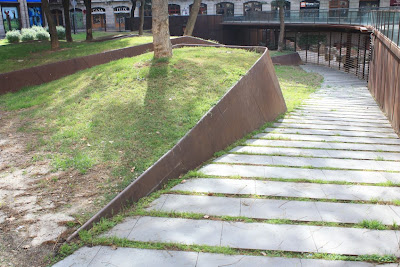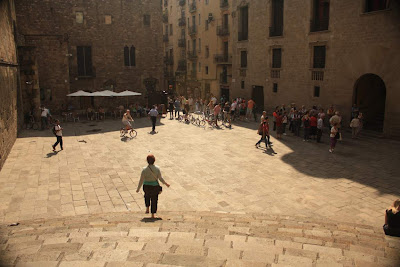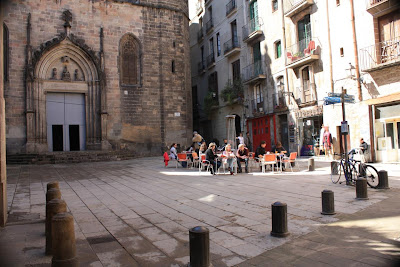In the previous post I suggested to you an interesting cultural visit in La Costa Brava: the Dalí Theatre-Museum. Today I would like to speak about another cultural activity you can do If you spend some days in La Costa Brava: visiting the remains of Empúries.
Empúries is one of the most important archaeological sites in Catalonia. The ancient port city, known to the Greeks as Emporion and to the Romans as Emporiae, was the gateway to the Iberian Peninsula for the classical cultures. The vestiges preserved here are a magnificent testimony to this glorious past.
Emporion was founded by Greek colonists from Phocaea with the name of Emporion. It was later occupied by the Romans, but in the Early Middle Ages, when its exposed coastal position left it open to marauders, the town was abandoned.
The ruins are midway between the Costa Brava town of L'Escala and the tiny village of Sant Martí d'Empúries. There are good car parking facilities and the site may be reached by a traffic-free coastal walk from L'Escala.
If you have more time after visiting Empúries, there are other interesting nearby places to know like:
Next, some pictures I took the day I visited Empúries.
Empúries is one of the most important archaeological sites in Catalonia. The ancient port city, known to the Greeks as Emporion and to the Romans as Emporiae, was the gateway to the Iberian Peninsula for the classical cultures. The vestiges preserved here are a magnificent testimony to this glorious past.
Emporion was founded by Greek colonists from Phocaea with the name of Emporion. It was later occupied by the Romans, but in the Early Middle Ages, when its exposed coastal position left it open to marauders, the town was abandoned.
The ruins are midway between the Costa Brava town of L'Escala and the tiny village of Sant Martí d'Empúries. There are good car parking facilities and the site may be reached by a traffic-free coastal walk from L'Escala.
If you have more time after visiting Empúries, there are other interesting nearby places to know like:
- Girona (old city and jewish quarter)
- Dalí Theatre-Museum
- La Catedral de l'Empordà in Castello d'Empúries
- Cadaquès, Roses and Empuriabrava
- Parc Natural del Cap de Creus
- Parc Natural dels Aiguamolls de l'Empordà
- Sant Pere de Rodes Monastery
- Medieval Village of Besalú
- Banyoles
Next, some pictures I took the day I visited Empúries.
I also would like to give you some practical information in case you decide to visit this interesting remains:
- Address: C/ Puig i Cadafalch s/n (17130 Empúries-l'Escala).
- Phone: +34 972 77 02 08.
- Opening Hours
- From October 1 to May 31: From Monday to Sunday: 10am - 6pm.
- From June 1 to September 30: From Monday to Sunday: 10am - 8pm.
- Closed on: December 25th and 26th, January 1st.
- Website: http://www.mac.cat/eng/Branches/Empuries.
- Clicking on the next link, a location map of Empúries.
Finally, clicking on the next link you will find more links to other beautiful places in Catalonia, among them, more nice places in La Costa Brava.


















































